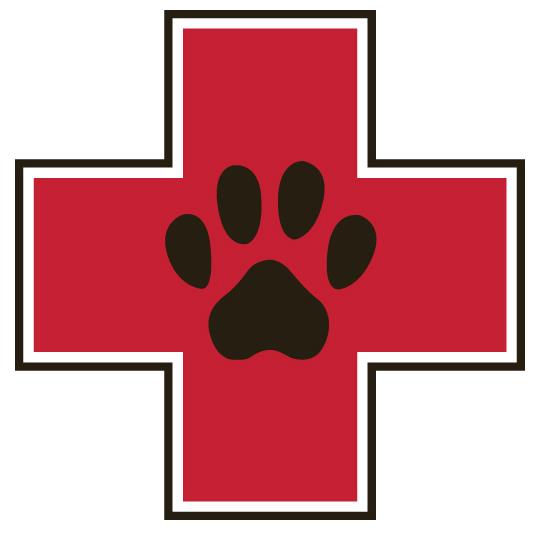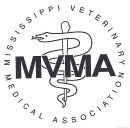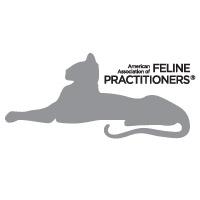Library
-
Mitral valve disease is often one of the earliest indicators of heart disease that could lead to heart failure. It is more common in small dogs than large breeds. This handout discusses mitral valve disease in dogs, a degeneration of the valve between the left atrium and left ventricle. The clinical signs, diagnosis, treatment, and the prognosis of this condition are outlined.
-
Most cats settle into a new home fairly easily. They crave familiarity, so it is best to bring along many familiar objects, such as litter boxes and favored furniture. Cats must be initially secured to prevent their escape, as they may attempt to return to a prior home and could be lost or injured along the way. It is best to introduce your cat to your new home gradually and with supervision.
-
Most dogs seem to take moving in stride, if they are with are with their familiar social group. Try to anticipate changes in the dog’s routine and introduce the changes prior to the move. Familiarize your dog with any novel noises that might be associated with the new home. If there will be new pets or people in the new home, arrange introductions ahead of time in a neutral location. When you arrive at your new home, give your dog plenty of time to adjust before trying to leave him alone.
-
Moxidectin and fluralaner are combined in one topical treatment for use in cats. Moxidectin topical is an avermectin antiparasitic that is used to prevent heartworms and treat intestinal parasites (hookworms and roundworms). Fluralaner is used to treat and prevent fleas and also kills black-legged ticks (deer ticks). Give as directed. Side effects are uncommon but may include hair loss at the application site, itching, vomiting, diarrhea, lethargy, excessive drooling, and dry skin. Moxidectin + fluralaner should not be used in pets that are hypersensitive or allergic to it. Do not use this medication in sick, debilitated, or underweight cats. Use caution in cats with known neurologic disorders. If you suspect an overdose or an adverse reaction to the medication, call your veterinary office immediately. If they are not available, follow their directions in contacting an emergency facility.
-
Moxidectin is an avermectin antiparasitic that is used to prevent heartworms and treat intestinal parasites. Imidacloprid treats and prevents fleas. These two drugs are combined in one topical product for use in cats, dogs, and ferrets. Use as directed. Side effects are uncommon and usually short-lived, however, if you suspect an overdose or an adverse reaction to the medication, call your veterinary office immediately.
-
Moxidectin + sarolaner + pyrantel is a heartworm disease preventive for dogs that also treats and prevents internal parasites (hookworms and roundworms) and kills fleas and ticks. This medication is given by mouth as a flavored chew tablet. At regular doses, this medication is well-tolerated. Your veterinarian will advise you on the safety of moxidectin + sarolaner + pyrantel use in your dog. If you suspect an overdose or an adverse reaction to the medication, call your veterinary office immediately.
-
Many herding breeds (most commonly Collies and Australian Shepherds) have a mutation at the MDR1 gene that makes them more sensitive to the negative effects of certain medications. These drugs include several antiparasitic agents (when given at high doses), the antidiarrheal agent loperamide (Imodium®), and several anticancer drugs. The effects of the mutation vary in severity, depending on whether the dog carries one or two copies of the mutation. There is a cheek swab or a commercially-available test that assesses blood samples for the presence of the MDR1 mutation.
-
Muscle tears are direct or indirect traumatic injuries that cause damage to muscle tissue. The most common cause is an indirect injury or strain caused by overstretching during athletic activities, such as running or jumping. This handout discusses muscle tears in cats and reviews the causes of these injuries, the clinical signs, diagnostic testing, therapy, and expected prognosis.
-
Muscle tears are direct or indirect traumatic injuries that cause damage to muscle tissue. The most common cause is an indirect injury, or strain, caused by overstretching during athletic activities, such as running or jumping. This handout discusses muscle tears in dogs and reviews the causes of these injuries, the clinical signs, diagnostic testing, therapy, and expected prognosis.
-
This handout discusses muscular dystrophy (MD), primarily in dogs. The cause of the disease is a defect in the proteins found in muscle cells. It is often an inherited disease, usually affecting young dogs. Clinical signs (usually starting as muscle weakness) and diagnosis of the condition are outlined. There is no effective treatment for the condition.




